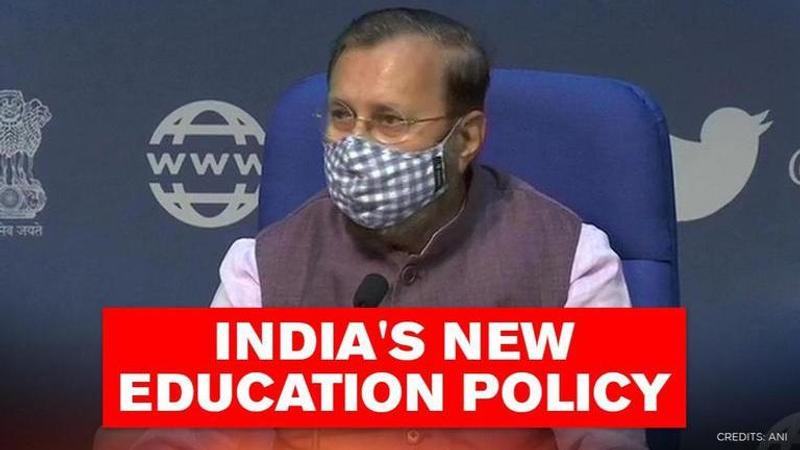Published 17:37 IST, July 29th 2020
National Education policy 2020: M Phil discontinued, fee capped for Higher education
Unveiling India's new education policy after 34 years, the National Education Policy 2020 introduced by the Centre allows flexibility in higher education

Unveiling India's new education policy after 34 years, the National Education Policy 2020 introduced by the Centre allows a higher flexibility in higher education and renames the Union Human Resource Development Ministry to the Ministry of Education. Rolling out the new features for Higher education, Union Secretary (Higher Education) said that India aims to achieve 50% Gross Enrollment Ratio (GER) by 2035. The new policy also regulates the fee structure under a broad regulatory framework.
Here are the key points announced for Higher Education:
- Aim to increase the gross enrolment ratio to 50% by 2035
- To ensure holistic, and multidisciplinary education through the flexibility of subjects in Higher Education
- Multiple entry/exit points to be allowed - UG program : 3 to 4 years, PG Program - 1 to 2 years, Integrated 5 years bachelors/ masters program and M Phil to be discontinued
- Common norms for public and private HEIs which include private philanthropic partnerships and capping fees within broad regulatory framework
- Graded autonomy of academic, administrative and financial institutions
- A single regulator for all higher education working under a self-disclosure based transparent system for approvals in place of numerous 'inspections'
- Public investment in the education sector to reach 6% of GFP at the earliest. Currently, it is around 4.43% including state and center govt.
- E-courses will be developed in regional languages in education planning, teaching, administration and regulation. Virtual labs to digitally equip schools, teachers and students to be created. The e-content to be available in regional languages starting with Kannada, Odia, Bengali, Tamil etc to join Hindi and English
- Standalone Higher Education Institutes and professional education institutes will be evolved into multi-disciplinary education with a National Educational Technology Forum (NETF) to be created
- Emphasis to be placed on Divyang friendly education software
NEP 2020
The NEP 2020 comes after the policies in 1968, and 1986, which was later amended in 1992. The new policy has been rolled out post deliberation of almost six years. The new policy has been a part of the BJP's election manifesto in 2014.
Apart from major changes in Higher education and the Union ministry's renaming itself, the new policy extends right to education (RTE) act in a new 5+3+3+4 formula instead of the current 10+2 model. It also likely to bring foreign education players to India as it enhances government spending on education.
Previously when a draft of the NEP 2019 containing a three-language system was released, a huge uproar was created by several regional parties - particularly in South Indian states. The NEP 2019 released highlighted that the three-language formula 'must be better implemented in certain States, particularly Hindi speaking States; for purposes of national integration' and because it would 'help raise the status of all Indian languages'. The Centre has announced no such scheme in NEP 2020, rolled out on Wednesday.
Updated 17:37 IST, July 29th 2020




